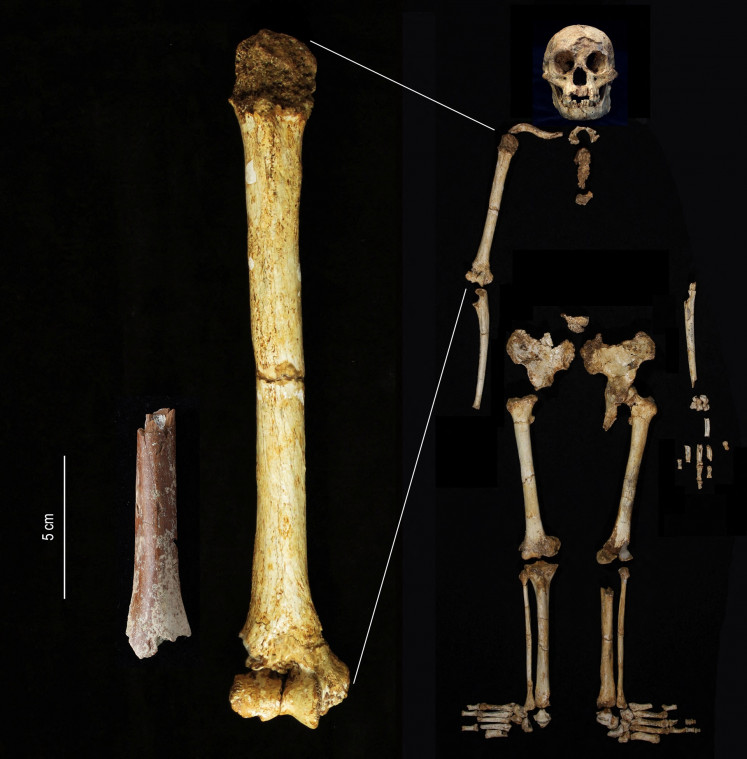Chinese scientists identify super moss able to 'survive' in Mars
When subjected to conditions that simulate the environment on Mars, the moss - Syntrichia Caninervis - was found to be able to withstand extreme dryness, ultra-low temperatures and radiation, the academy said in a research paper published in The Innovation journal last week.
Change Size
 This file handout picture released by the NASA on December 9, 2013 and taken from the Mast Camera (Mastcam) instrument on NASA's Curiosity Mars rover shows a series of sedimentary deposits in the Glenelg area of Gale Crater. A team of the School of Physics and Astronomy at the University of Edinburgh discovered that the red planet would be (NASA/JPL-Caltech/MSSS /AFP/File)
This file handout picture released by the NASA on December 9, 2013 and taken from the Mast Camera (Mastcam) instrument on NASA's Curiosity Mars rover shows a series of sedimentary deposits in the Glenelg area of Gale Crater. A team of the School of Physics and Astronomy at the University of Edinburgh discovered that the red planet would be (NASA/JPL-Caltech/MSSS /AFP/File)
S
cientists have identified a super resilient desert moss species in China's western region of Xinjiang that could help sustain possible colonies on Mars, a study by the Chinese Academy of Sciences showed.
When subjected to conditions that simulate the environment on Mars, the moss - Syntrichia Caninervis - was found to be able to withstand extreme dryness, ultra-low temperatures and radiation, the academy said in a research paper published in The Innovation journal last week.
The moss could serve as the "basis for the establishment and maintenance of the ecosystem by contributing to oxygen production, carbon sequestration, and soil fertility", the researched said in the study, published on July 1.
"(It) can help drive the atmospheric, geological, and ecological processes required for other higher plants and animals while facilitating the creation of new habitable environments conducive to long-term human settlement," the paper added.
In the research, scientists found that even after losing more than 98 percent of its cellular water content, the moss was able to recover photosynthetic and physiological activities within seconds after it was hydrated.
When intact, the plant can also tolerate ultra-low temperatures and regenerate after being stored in a freezer at minus 80 degree Celsius (minus 112 Fahrenheit) for five years or in liquid nitrogen for a month.
The moss is found in Xinjiang, Tibet, a Californian desert, the Middle East and polar regions.
The race to place a larger footprint in space has spurred China and the United States to launch exploration plans in recent years.
Chinese missions include launching near-Earth asteroid probe Tianwen-2 next year, and Tianwen-3 around 2030 to bring samples back from Mars. China last month retrieved samples from the far side of the moon.
In the United States, NASA has formulated a 20-year plan for Mars, seeking answers to whether the red planet is habitable for humans.









